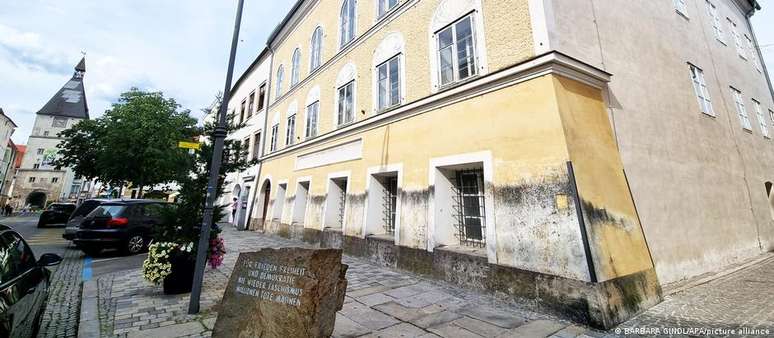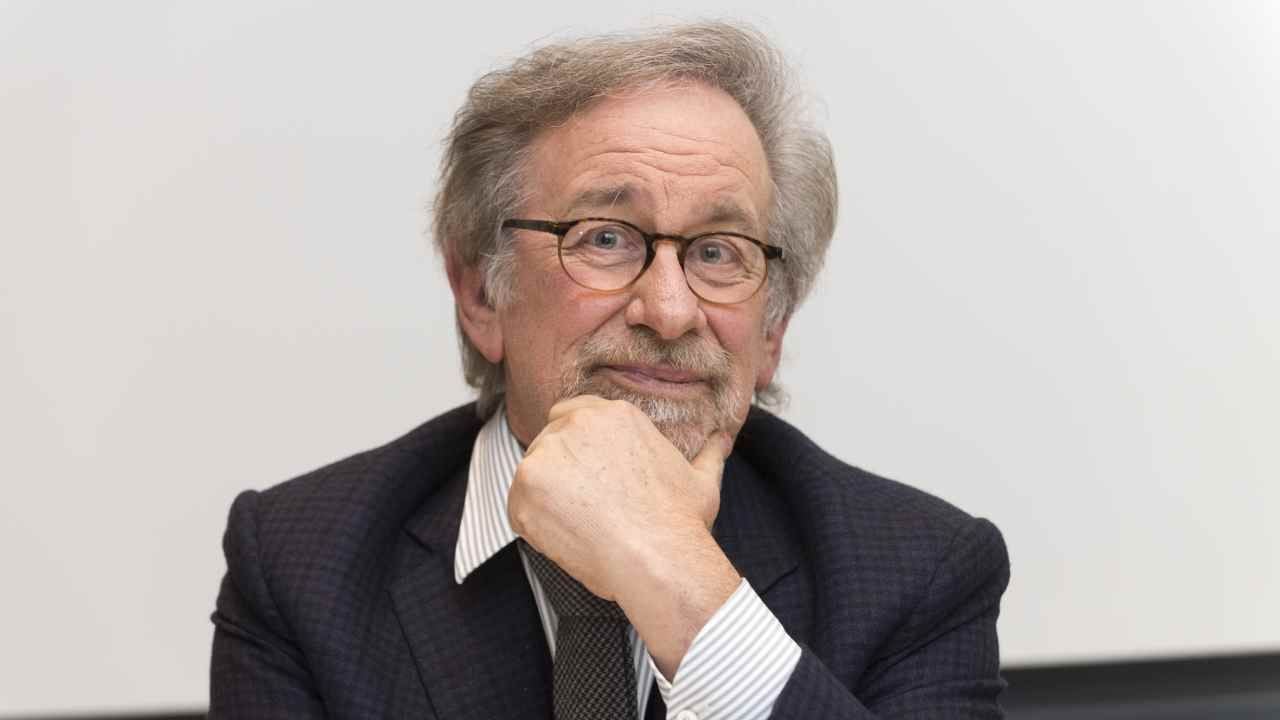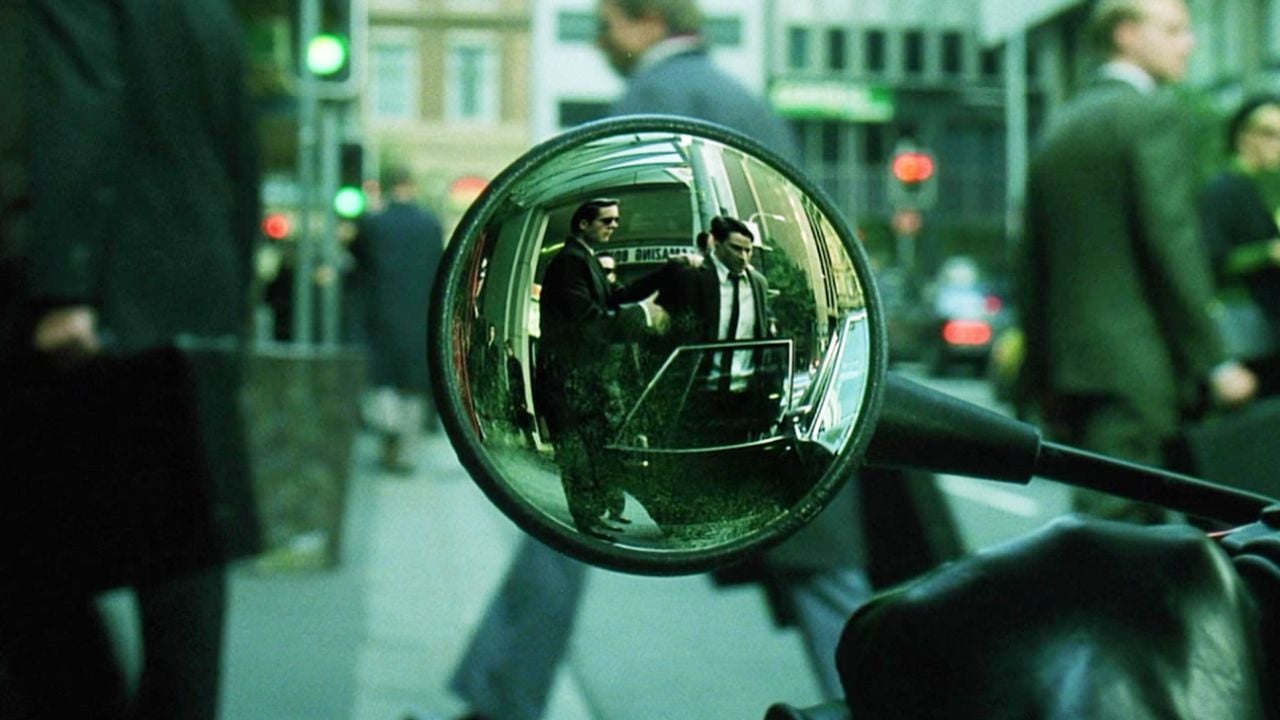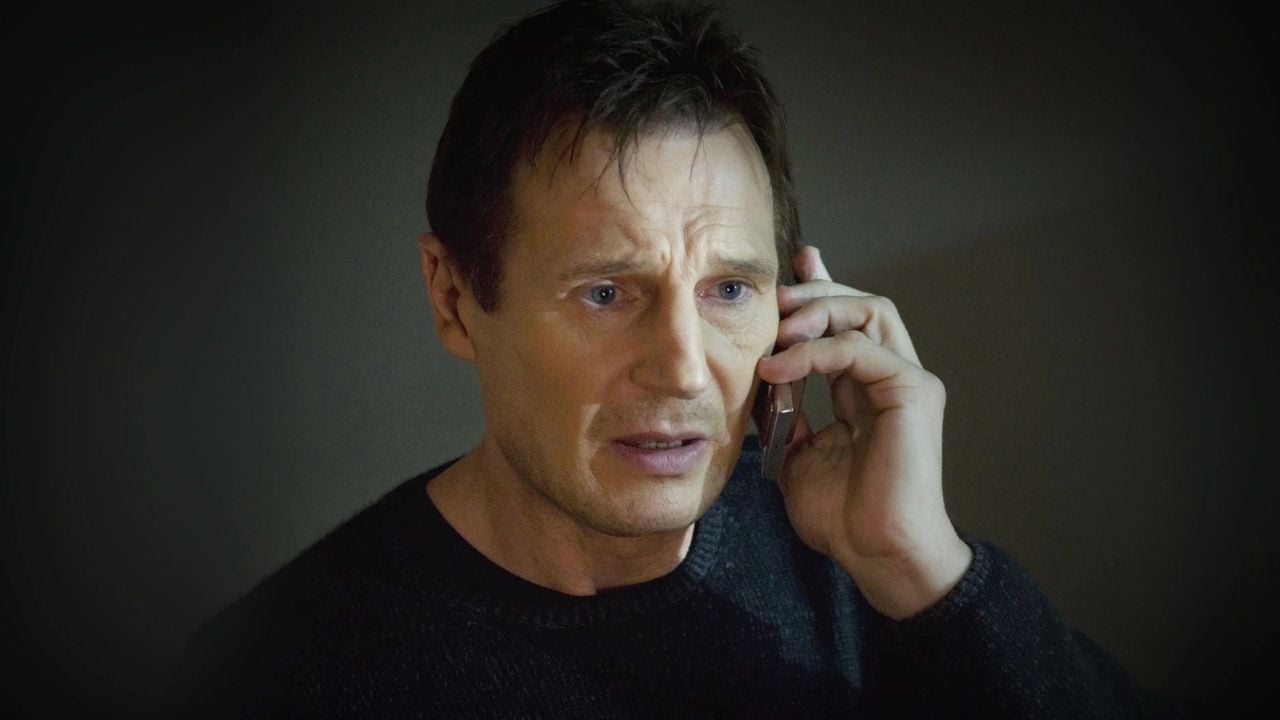The Nazi dictator’s hometown in Austria is set to become a police station. But not everyone thinks it is a good measure to avoid cult initiatives: painted in a pleasant shade of beige, the discreet Biedermeier-style stone house is located at number 15 Salzburg Vorstadt, on the ground floor railings blocking the windows. Further ahead, near a bus stop, a waist-high granite monument catches the eye. On it, an inscription: “For peace, freedom and democracy, never again fascism, warn millions of deaths”. Adolf Hitler, the dictator of the Third Reich, was born here.
This alone makes it a unique house – and Braunau am Inn a unique city. Even 78 years after Hitler’s suicide in the Reich Chancellery bunker in Berlin – for which he shirked all responsibility shortly before the unconditional surrender of the German Wehrmacht – there are still discussions about what to do with the place of his birth. Responsibility for this nefarious legacy falls on Austria, which, as the current owner, must now install a police station on site to finally remove the house from the neo-Nazi pilgrimage route.
“A completely wrong message”
“Turning it into a police station sends completely the wrong signal: a slap in the face to the victims,” says Günter Schwaiger. The 58-year-old director is behind the acclaimed documentary Wer hat Angst vor Braunau? (Who’s afraid of Braunau?), which is Hitler’s hometown.
The film, which took five years to make, has been showing in Austrian cinemas since the beginning of September and will also be shown at the end of October at the Hof International Filmfestival in Germany.
“Braunau is not a Nazi city,” Schwaiger guarantees in the interview with DW. The fact that Hitler was born here forces its inhabitants to face the past more than elsewhere. “There is no need to fear Braunau, much less its people.”
Meanwhile, the popular initiative Diskurs Hitlerhaus has decided to mobilize against the plans of the Austrian Ministry of the Interior. “The symbolic effect would be catastrophic,” said spokeswoman Eveline Doll, alluding to the questionable role of the police during the Nazi era. “Also, there are many good ideas and suggestions on how to use this house intelligently and responsibly towards contemporary history.”
Commission seeks “historically correct solution”
The search for an “appropriate” use has been going on for some time. After the annexation of Austria into the German Reich in 1938, the National Socialist Party (NSDAP) purchased the birthplace of their “Führer” and transformed it into a cultural center. After the war it was returned to its old owners and the State became its tenant. Thereafter it served sometimes as a library, sometimes as a school and, finally, as a laboratory for people with disabilities. Since 2011, however, it has been empty, having been expropriated in 2016 to prevent it from falling into the hands of neo-Nazis.
But what to do with it, anyway? To answer this question, the country appointed a “Commission for the Historically Correct Treatment of the Birthplace of Adolf Hitler”, consisting of historians and politicians. The conclusion: “The myth of the Führer and the cult of him were and remain part of the central narrative about Hitler.” It was therefore necessary to “break with the symbolism of the place”, both through “socio-charitable and official-administrative use”. “Educational projects and contemporary history exhibitions” were discouraged.
Against the Nazi pilgrimage destination
“The concern has always been to prevent this house from becoming a place of pilgrimage for the Nazis,” explains Oskar Deutsch, president of the Jewish Community of Vienna and also a member of the commission. He could also imagine other uses. However, “the idea is to install here a police station of a democratic state of law, whose task is, among other things, to adopt measures against the repetition of the Nazi past. An objective, in short, shared by everyone”.
In March, a survey by the Market Institut Linz, commissioned by the Diskurs Hitlerhaus initiative, concluded that 52% of the thousand respondents were in favor of the creation of an “institution that deals thematically with Nazism, memory, anti-fascism, tolerance and peace”, 23% were in favor of demolishing the house and only 6% were in favor of the police station.
But Eveline Doll, spokesperson for the popular initiative, still has an ace up her sleeve: the Viennese association Austrian Friends of Yad Vashem wants to use the site to permanently host the traveling exhibition Die Gerechten – Courage ist eine Frage der Entscheidung (The Righteous – The courage is a matter of decision).
The 400-square-meter exhibition, which honors the courage of non-Jews who risked their lives to save Jews during the Holocaust, was last displayed at the Museum of Lower Austria in the municipality of St. Pölten. “This idea is a basis for discussion,” says association spokesman Georg Schuster cautiously, “if it doesn’t come to fruition, that’s fine.”
For now, nothing appears to be stopping the completion of the €20 million project to transform the site into a police station. With work expected to begin in October, the proposal also includes a training room where police officers will be trained in human rights. It is very likely, however, that the discussion about Hitler’s hometown in Braunau will continue.
Source: Terra
Rose James is a Gossipify movie and series reviewer known for her in-depth analysis and unique perspective on the latest releases. With a background in film studies, she provides engaging and informative reviews, and keeps readers up to date with industry trends and emerging talents.






